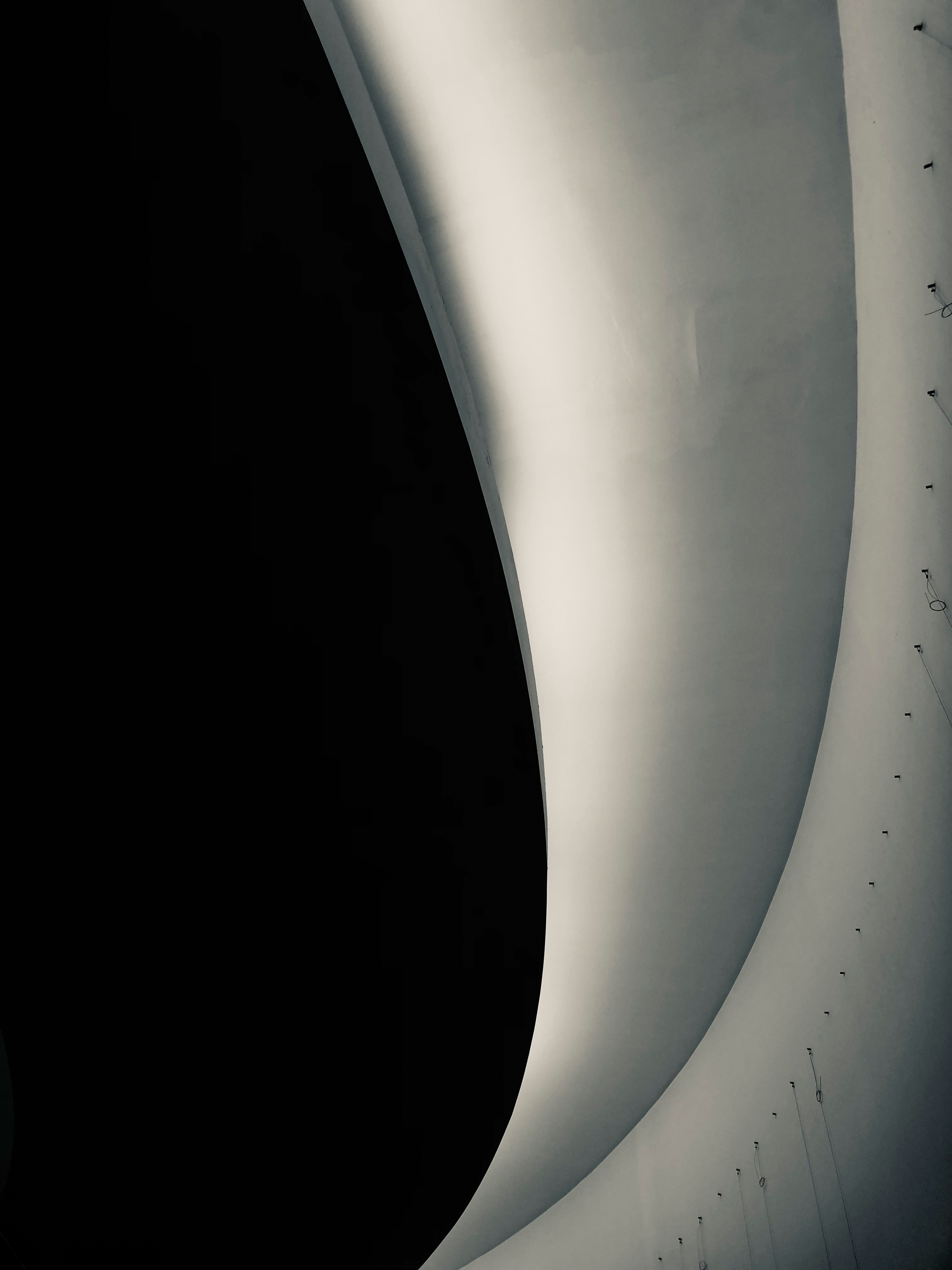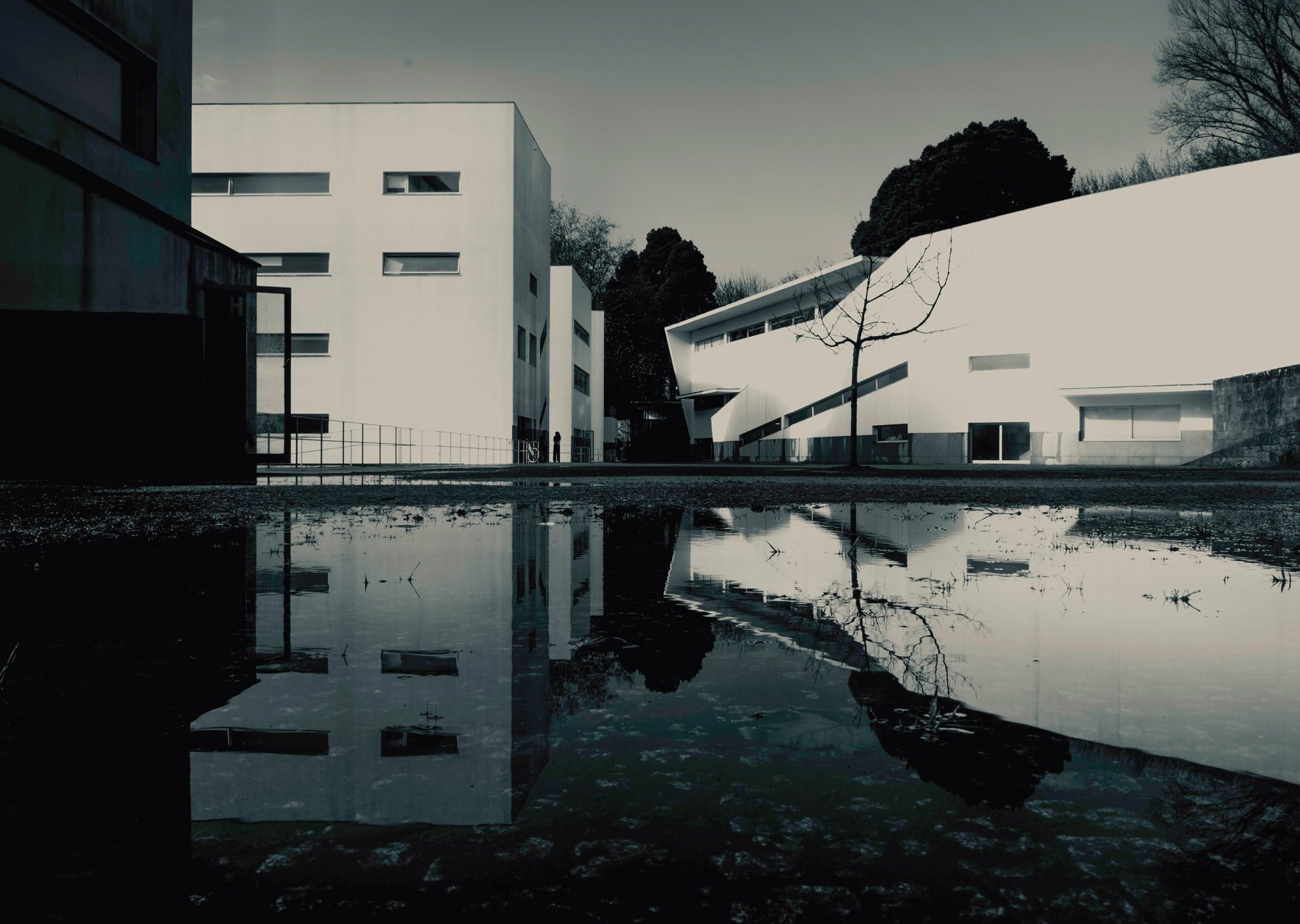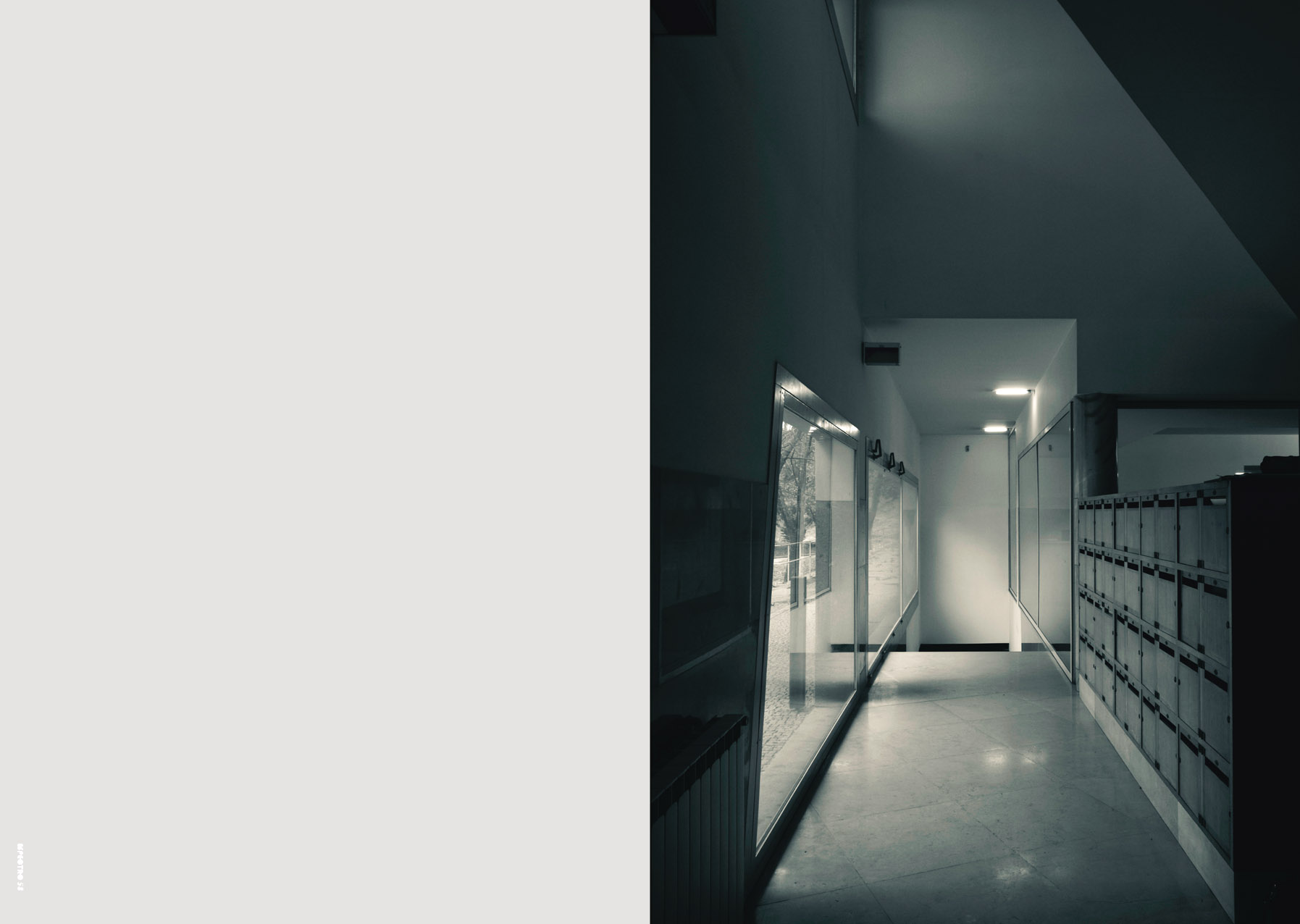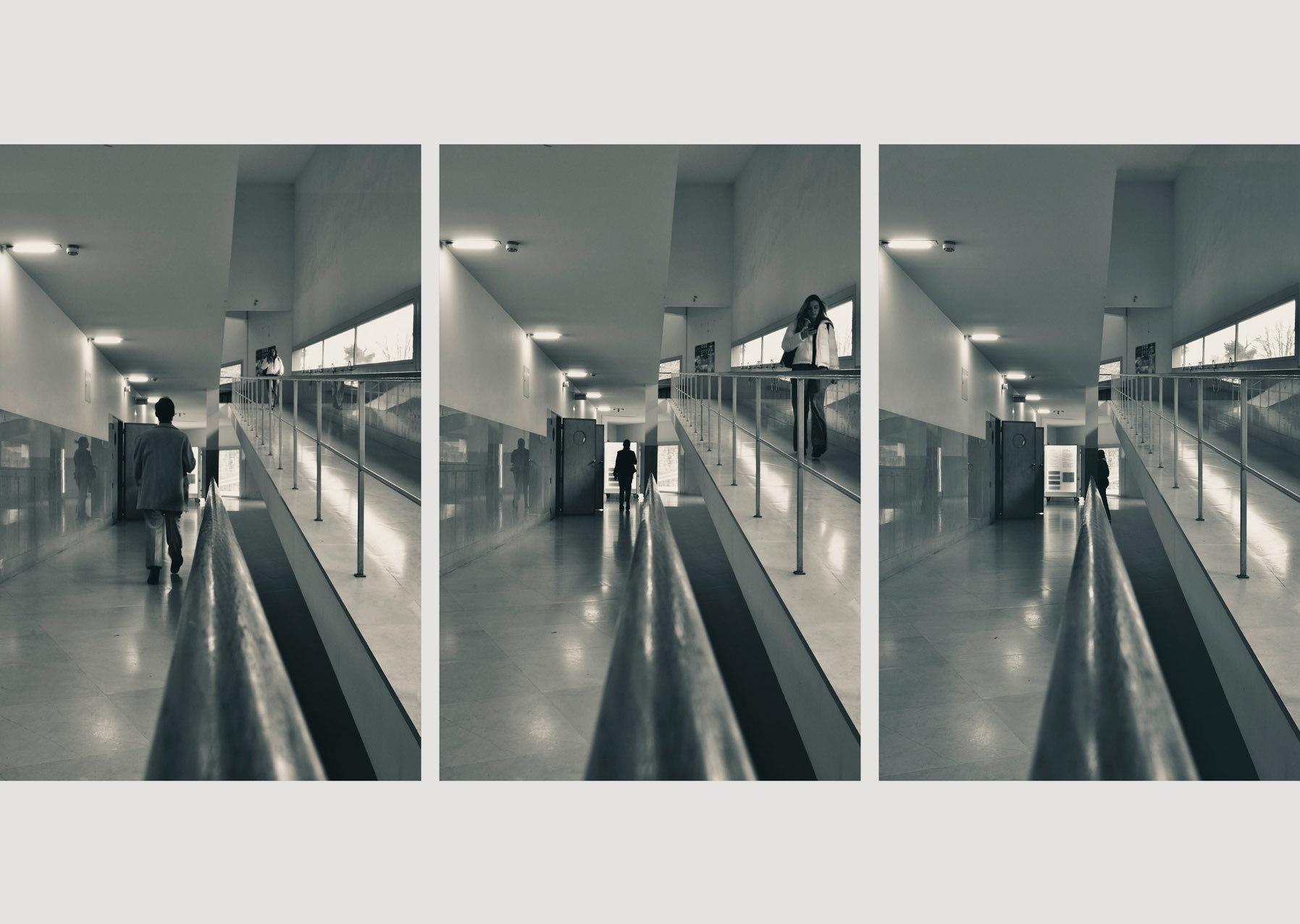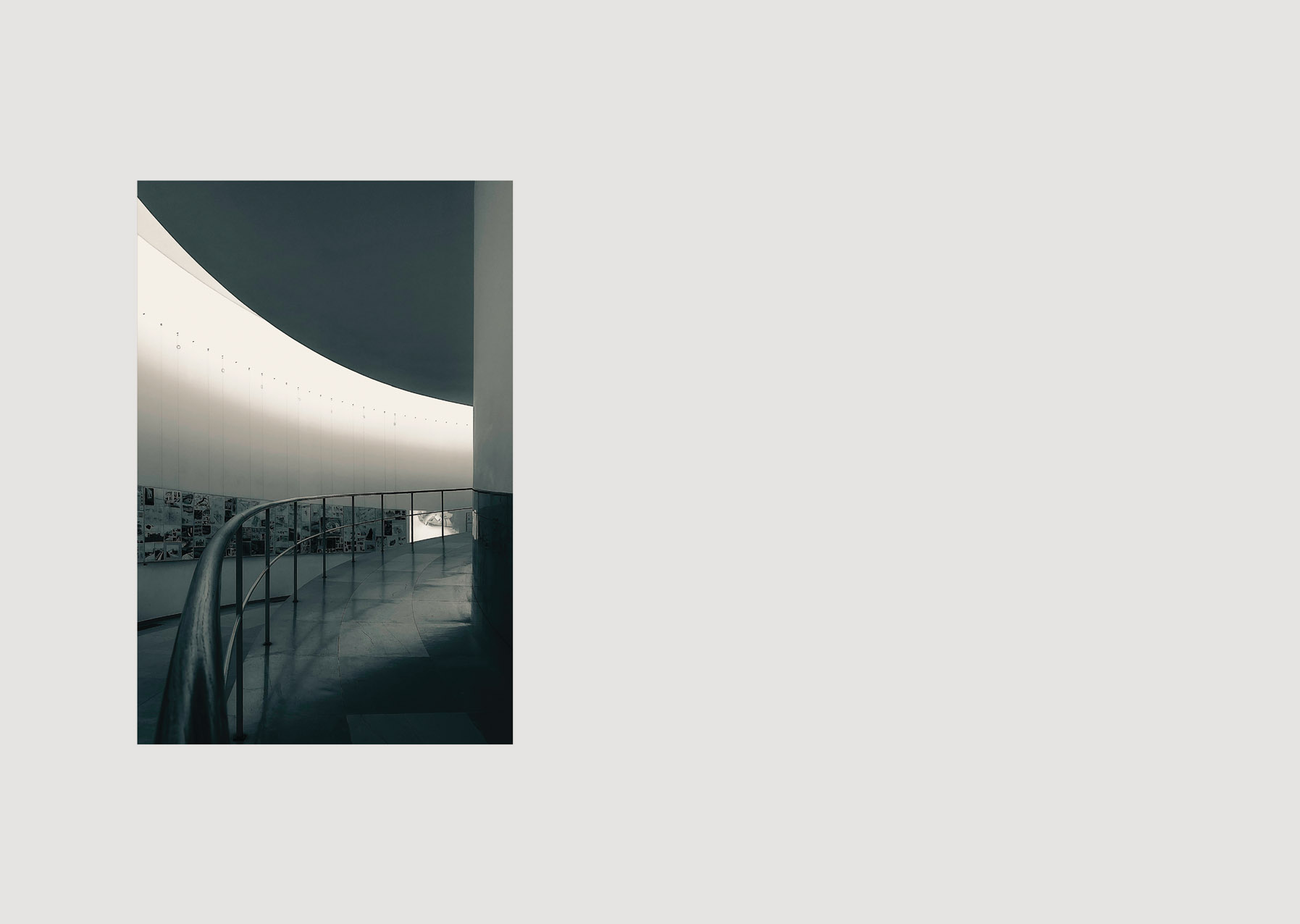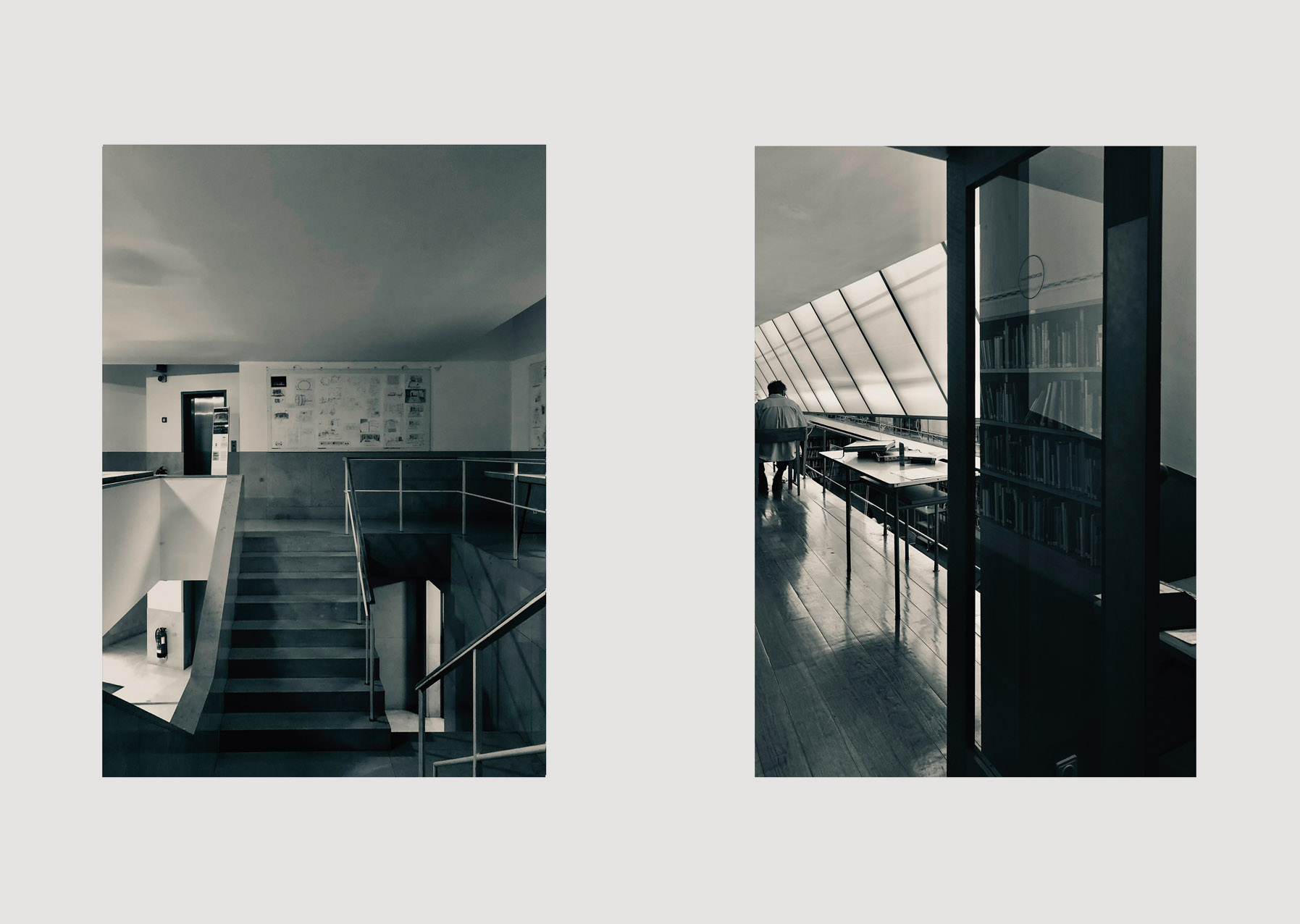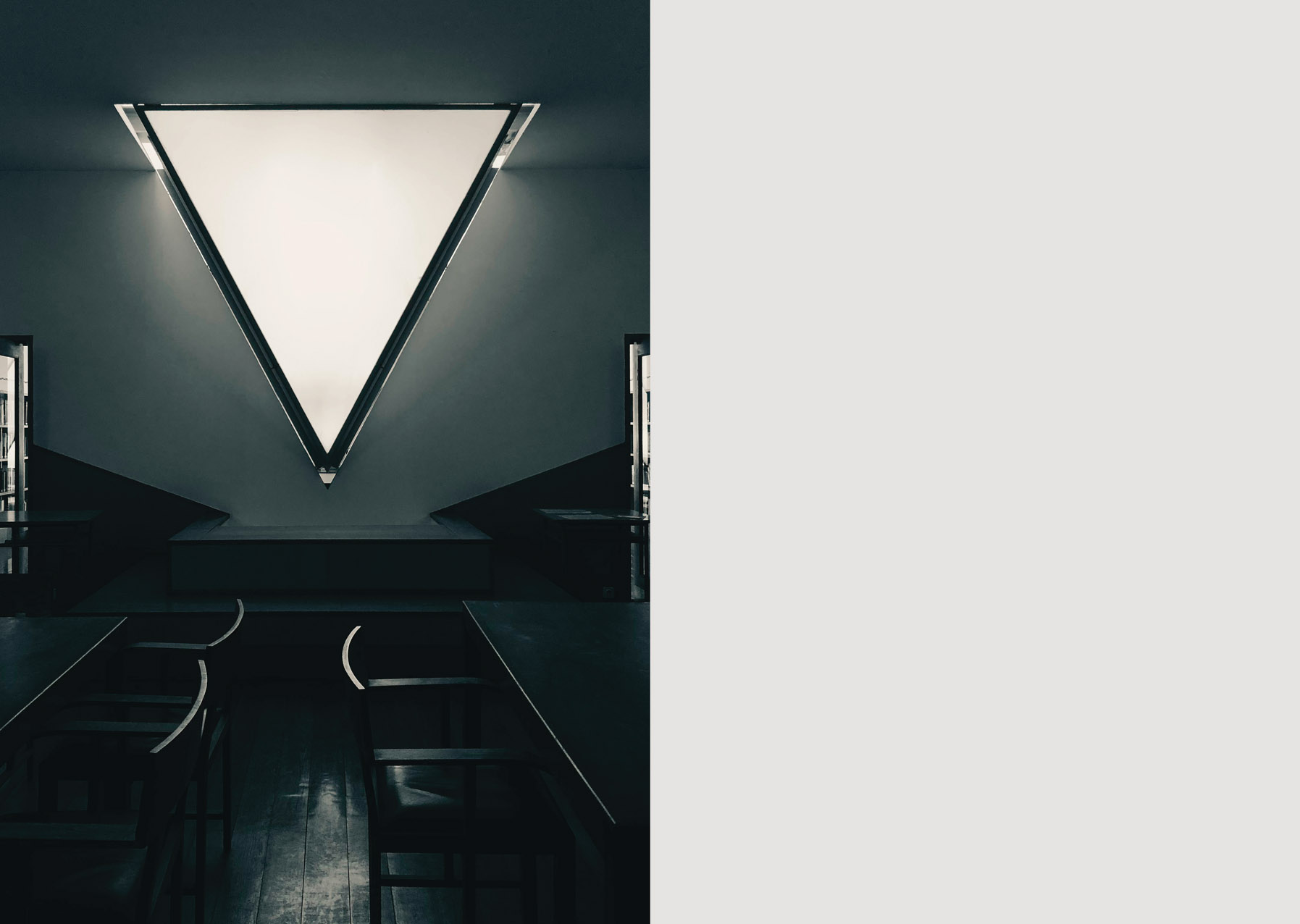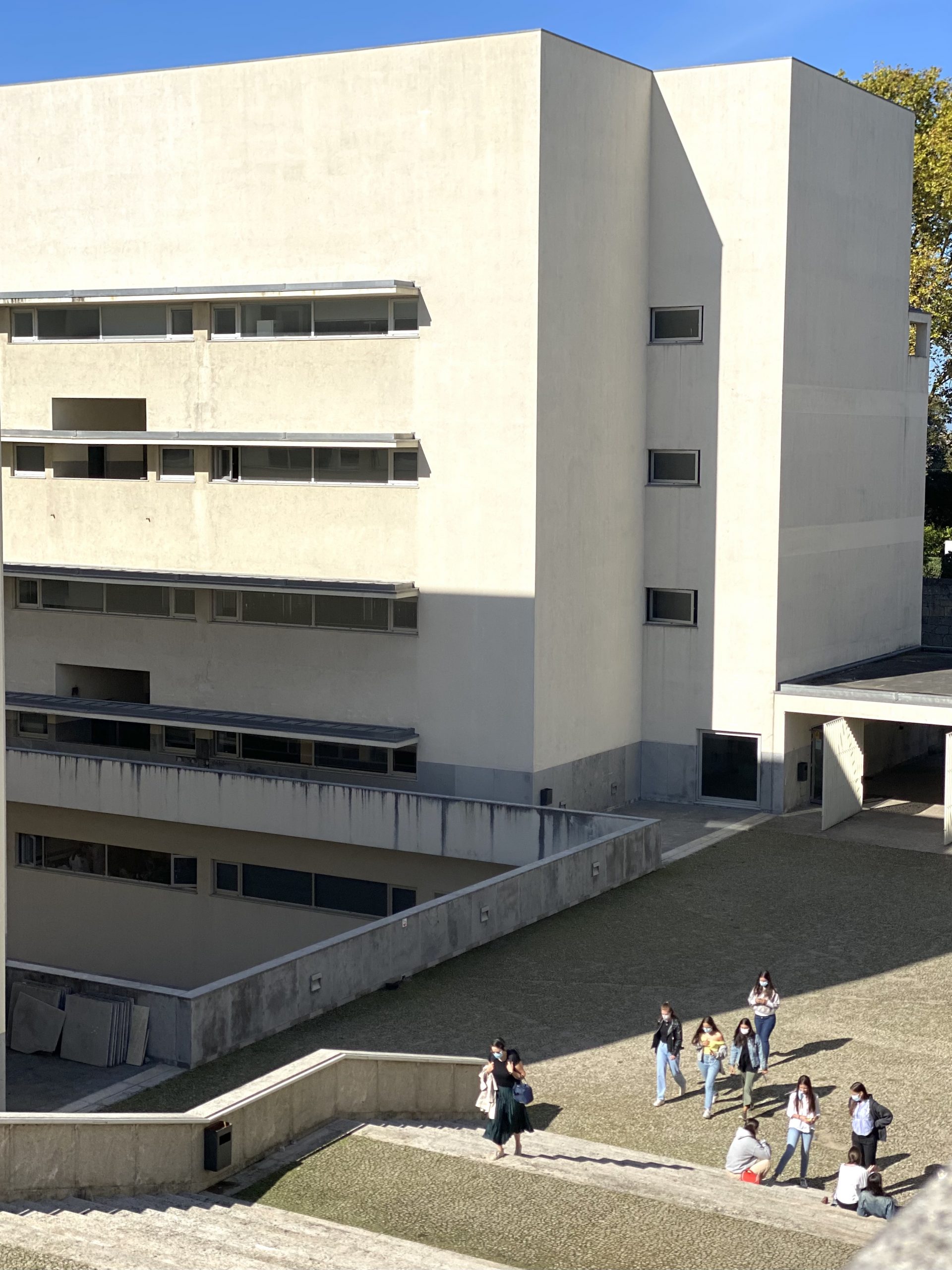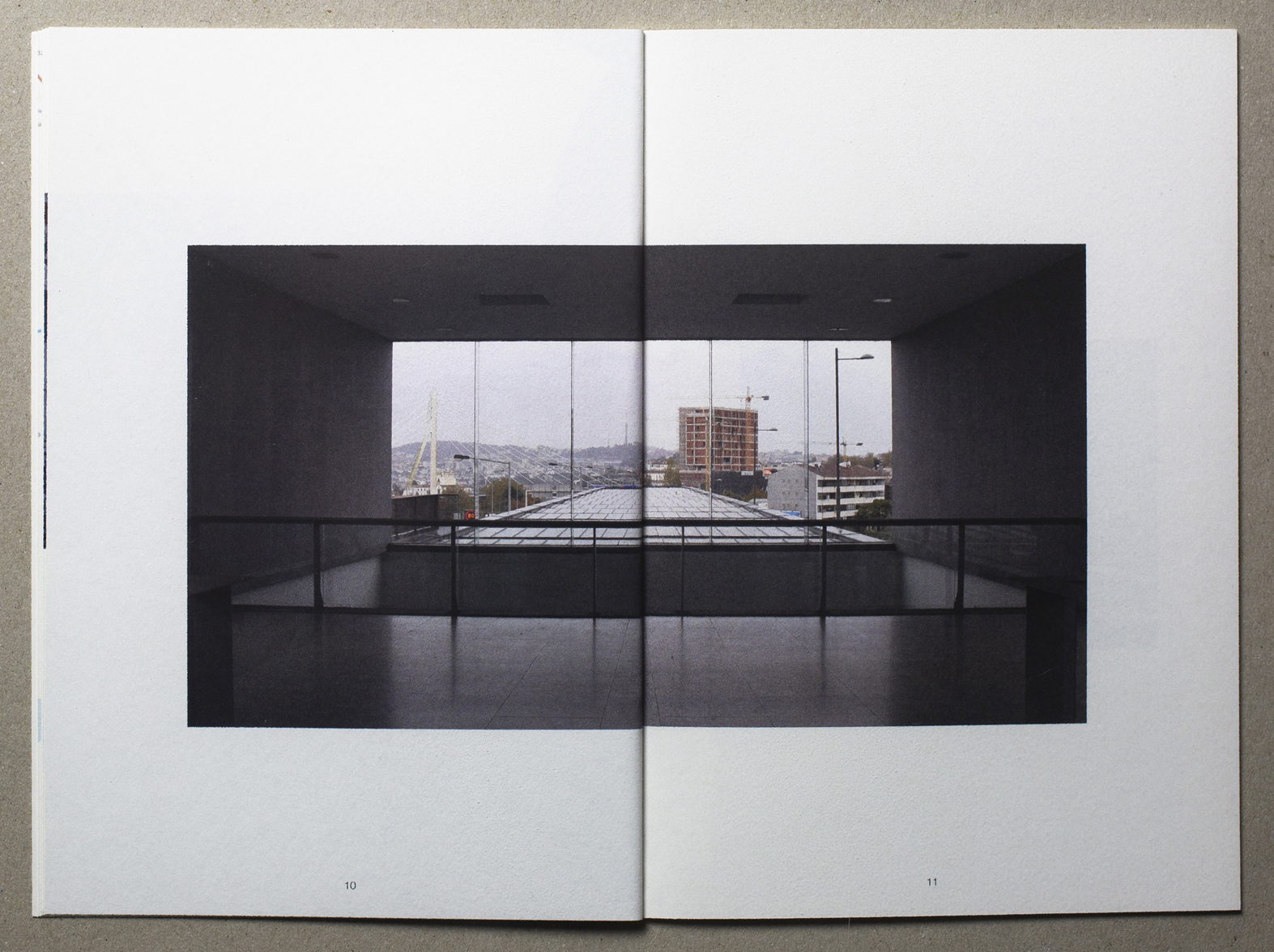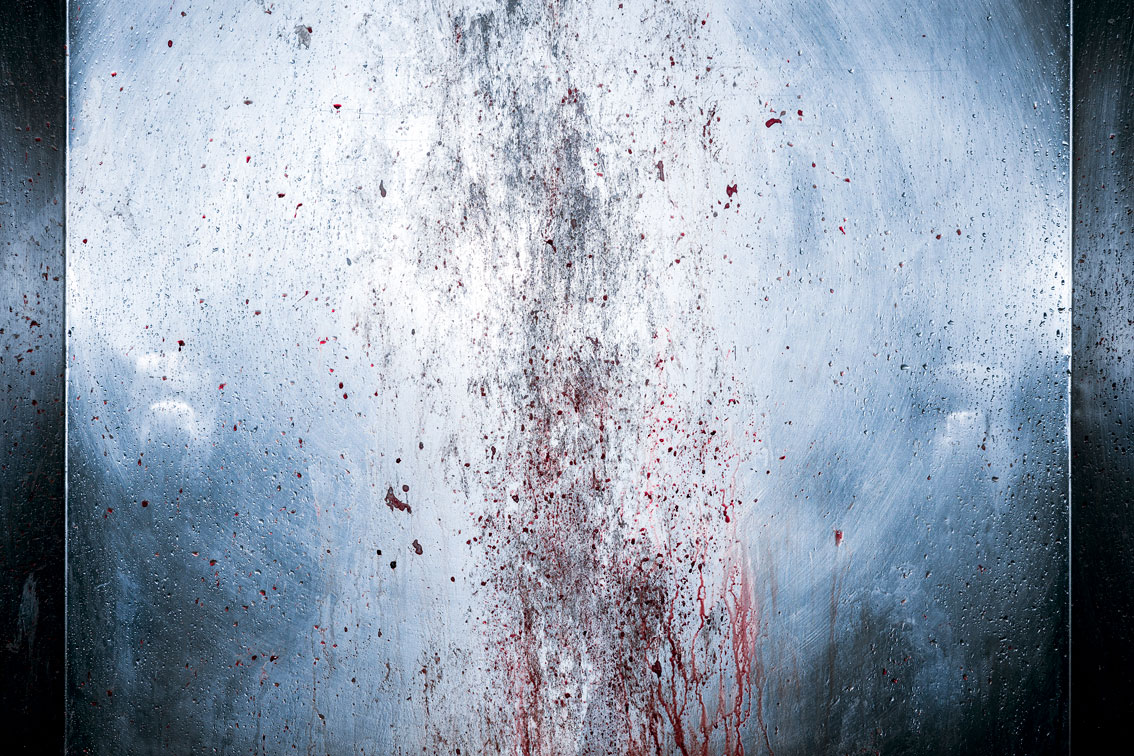“Confrontos”, as its name suggests, is a project that aims to highlight the confrontation between light as a rich component through which architecture comes to life, revealing its textures, colours, the way it is conceived and the play with shadows in its absence. What is the void? What exists between things? Only light can respond to those questions. In its absence, partial or not, the shadow appears, questioning the limits of our perception in a spatial atmosphere. It varies over the hours, days, months and seasons. It intensifies the space, the architectural form and the nature of the environment. New sensations are stimulated for those who let themselves be led by it, but this is only possible thanks to the light, which allows us to imagine beyond what our eyes can capture through the constant dialogue between the two or even the reflections themselves…
After taking into consideration the analysis of the concept of promenade architecturale invented by the architect Le Corbusier, it becomes undeniable that the use of light and shadow in architecture is valued in the creation of experiences and different environments for the construction of an itinerary within the architectural space, giving rise to different routes, visual entanglements and faces of volumes and their surfaces. In this way, we are fascinated by how each photograph is a perspective that reveals the insertion of the shadow in a given space, allowing us to reflect on the particularities it generates. In fact, there are places where the shadows take on such a dimension that they take us into an enigmatic world, where they can be confused with bodies, objects and nature, where everything that moves seems to project a hidden reality.
That said, the central theme of this work is the relationship between the planes and volumes of FAUP, designed by the architect Álvaro Siza Vieira, with light, and how this relationship is linked to the concept of the promenade. It was through our photographs that we were able to explore the confrontation between light, shadow and reflections with the building. A great example of these qualities, which derived from the usage of light and shadow in photography, can be found in the works of Cláudio Reis, Edgar Martins and Paolo Rosselli. The first two stand out above all for their use of the effects of light and shadow in spaces. In the case of Cláudio Reis, this is combined with a careful control over the building’s perspective, as well as visual entanglements. In the case of Edgar Martins, the latest projects are given greater dimension by the contrast between the nature of the spaces and the darkness that surrounds them. Paolo Rosselli is also known for bringing to his images the idea of overlapping planes through a single photo, with the reflection of people and movement contrasting with the landscape. The movement, the landscape in the background and the use of the reflection bring an idea of completeness to the image that tells a lot about the place and the moment in which the photograph was taken.
In short, taking the analysis of various authors and the execution of this work as a starting point, we have become aware that architecture moves between art, rigidity and poetry, fuelled by confrontations capable of creating different spaces and interpretations along the way in a given space. This attitude, which is called promenade, can be translated through the images in this work. Evoking Corbusier’s thinking once again, he himself states in his book “Message to Architecture Students” that “the quality of interior circulation will be the biological virtue of the work, the organisation of the built body, in fact linked to the raison d’être of the building”[2], in a final effort to enunciate the importance of the route in architecture.
[1] CORBUSIER, Le. BOESIGER, W (org). Le Corbusier et Pierre Jeanneret. Oeuvre Complète. Zurich: Lés Éditions D’Architecture, 1936.
[2] CORBUSIER, Le. Message to architecture students. Trad. Rejane Janowitzer. São Paulo: Martins Fontes, 2006, p. 43


